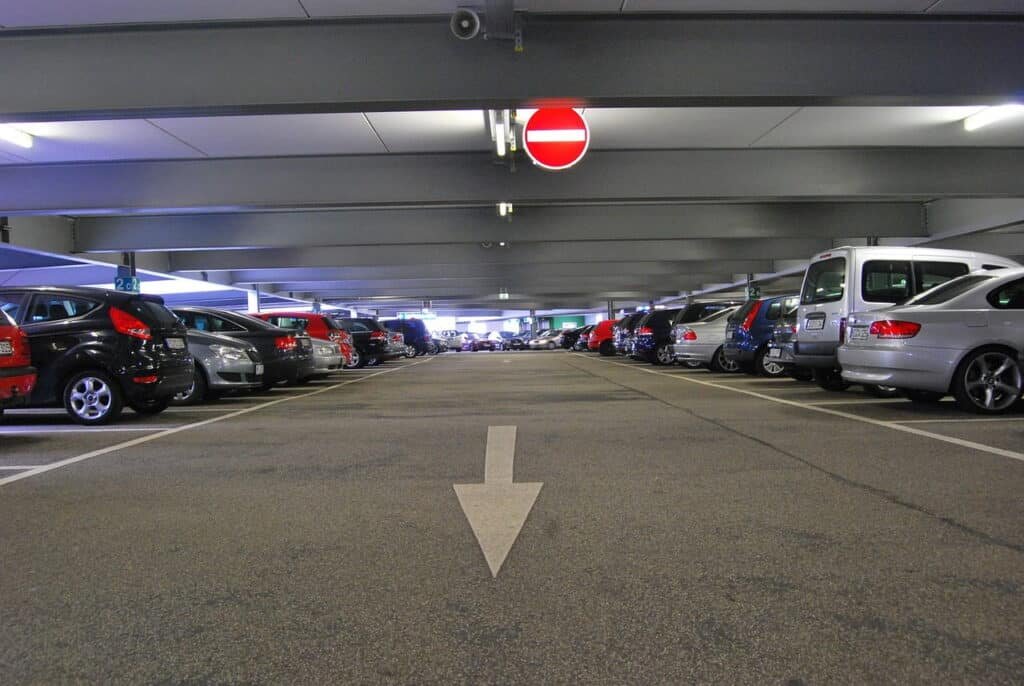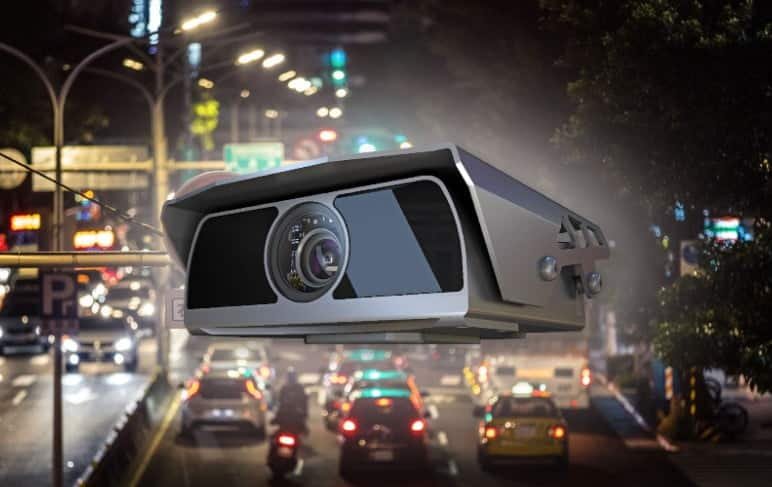
ALPR (Automatic License Plate Recognition) cameras are becoming more common in many parts of the world, especially in more populated areas. Like many forms of technology, license plate recognition seems mysterious. It’s in human nature to look for answers to things that seem obscure, which is why several misconceptions have sprung up about ALPR cameras, such as: When a machine reads and records a license plate number, the vehicle owner’s information security is compromised The primary purpose of automatic plate reading is speed measurement Generic software can read any license plate Anyone can build a capable automatic plate-reading system Automatic plate-reading systems are fragile, inaccurate, and unreliable. In this article, we’ll set the record straight on many mistaken impressions about ALPR technology. For those interested in a variety of views on this subject, here’s a wealth of commentary about different subsets of the equipment and technology for automatically reading license plates.

Security of Information Gathered by ALPR Cameras
ALPR cameras and the related software store data in an encrypted file. How the data in these files can be used, shared and retained is strictly regulated; the best-known example is the European Union’s GDPR (General Data Protection Regulation), but there are similar regulations throughout the developed world. The company-busting penalties for violating these regulations are a real deterrent to mishandling the data.
Not to mention that your license plate information is much better protected in these encrypted files than in an officer’s notebook or an unencrypted computer file.
How Are ALPR Cameras Used?
While speed measurement is an essential function of ALPR cameras, many other applications exist. In fact, some of these cameras don’t measure the speed at all.
Here are some other applications for these versatile tools:
- Mobile surveillance for reducing other traffic violations, such as red-light violations, tailgating, lane-jumping, etc.
- Identification of stolen cars and those wanted for involvement in other crimes
- Traffic management in smart cities
- Automatic high-speed toll collection to eliminate the hazards and eyesores that are toll plazas
- Identification of vehicles entering and leaving commercial establishments and attachment of data helpful in conducting business
- Access control at high-security facilities, such as governmental buildings
- Parking lot access control and automatic charging and payment of parking fees.
Innovators in the business and government sectors constantly find new, creative ways to automate systems by using ALPR-generated data. These cameras can be connected to a wide variety of software and other devices to automate and create efficiencies in systems everywhere.
What Technology Can Read License Plates?
ALPR cameras and software are specialized tools developed over years of refinement and improvement. License plates come in many shapes and sizes, so software that can interpret them must be sophisticated and highly adaptive. The solution is AI (Artificial Intelligence) which enables systems to learn new plate configurations they haven’t seen before.
However, there are instances when ALPR technology is aided by authorities. Some countries have made changes to the configurations of their license plate characters, such as adding gaps in the curved sections of o’s, c’s, etc., making it easier for cameras to read them. While efforts have been made to standardize plate configuration, that concept has been slow to gain acceptance.

Adding ALPR Capability to Any Digital Camera
Many digital cameras are designed for specific applications. ALPR cameras are no exception.
Some high-resolution digital cameras can provide an image that good software can use to identify a license plate. Nonetheless, ALPR cameras are specially designed to:
- Produce a readable image in various light conditions
- Provide automatic aiming for quick setup by untrained personnel
- Have a rugged weather-protected design
- Provide automatic triggering by recognizing the presence of a target
- Operate from various power sources
- Connect to other devices and software via cable, Wi-Fi, Bluetooth, and other technologies.
Companies that try to enter the license plate recognition business by “simply” adding ALPR capability to a general-purpose digital camera produce an inferior result to those ALPR camera manufacturers who’ve spent years developing and perfecting their technology.
High-Quality ALPR Cameras: Accurate and Durable
There’s another big difference between the average digital camera and a high-quality ALPR camera: its ability to survive and function in any environment. In fact, even inexpensive license plate reading cameras lack this characteristic.
High-quality ALPR cameras, like the ones offered by Adaptive Recognition, are specifically designed to provide 99+% accuracy for many years regardless of what the environment throws at them or even the efforts of vandals. Additionally, users can quickly move vehicle-mounted cameras from one car to another—without the fear of damaging the device by this type of rough handling.
While not designed for vehicle mounting, some other models are still easily portable, so police can keep drivers guessing where their license plates may be captured. And even those fixed cameras are subject to likely rough treatment. However, they can keep producing accurate, reliable results for years despite external conditions or vandalism attempts.
